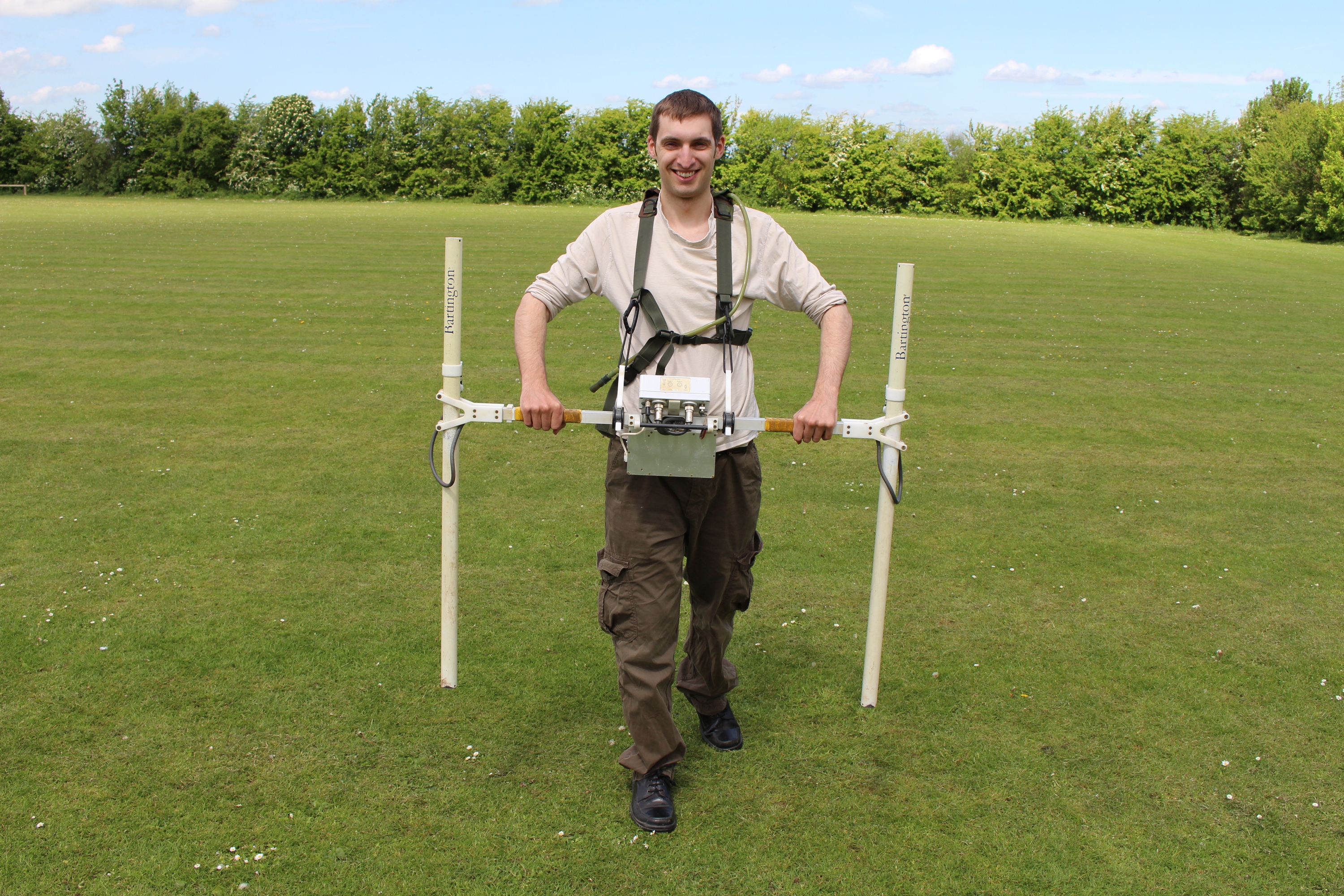All Categories
Featured
Table of Contents
Geophysical Survey - Olynthos Project in Maddington Aus 2020
Much of the image consists of blank areas now with little or no radar reaction. The "yard" wall is still showing highly, however, and there are continuing suggestions of a hard surface area in the SE corner. Time slice from 23 to 25ns. This last slice is now practically all blank, however a few of the walls are still revealing strongly.
How deep are these slices? The software application I have access to makes estimating the depth a little difficult. If, nevertheless, the leading 3 pieces represent the ploughsoil, which is most likely about 30cm think, I would guess that each slice is about 10cm and we are just coming down about 80cm in total.

Thankfully for us, the majority of the sites we are interested in lie simply below the plough zone, so it'll do! How does this compare to the other methods? Contrast of the Earth Resistance data (leading left), the magnetometry (bottom left), the 1517ns time piece (leading right) and the 1921ns time piece (bottom left).
Geophysical And Geotechnical Assessment in Parmelia Australia 2020
Magnetometry, as gone over above, is a passive method measuring regional variations in magnetism against a localised zero value. Magnetic vulnerability survey is an active technique: it is a step of how magnetic a sample of sediment could be in the presence of an electromagnetic field. Just how much soil is evaluated depends upon the diameter of the test coil: it can be extremely small or it can be relatively big.
The sensor in this case is extremely little and samples a tiny sample of soil. The Bartington magnetic vulnerability meter with a large "field coil" in usage at Verulamium during the course in 2013. Leading soil will be magnetically enhanced compared to subsoils simply due to natural oxidation and decrease.
By measuring magnetic susceptibility at a fairly coarse scale, we can find areas of human profession and middens. We do not have access to a dependable mag sus meter, but Jarrod Burks (who helped teach at the course in 2013) has some excellent examples. Among which is the Wildcat site in Ohio.
Geophysical Survey: Plotting Buried Traces Of Human Activity in Clarkson Australia 2020
These towns are typically laid out around a central open location or plaza, such as this rebuilt example at Sunwatch, Dayton, Ohio. The magnetic vulnerability study helped, nevertheless, define the main location of occupation and midden which surrounded the more open area.
Jarrod Burks' magnetic vulnerability survey results from the Wildcat website, Ohio. Red is high, blue is low. The method is therefore of terrific usage in defining areas of general profession rather than recognizing specific functions.
Geophysical surveying is an applied branch of geophysics, which uses seismic, gravitational, magnetic, electrical and electromagnetic physical methods at the Earth's surface to measure the physical homes of the subsurface - Geophysical Surveying in Port Kennedy Australia 2023. Geophysical surveying techniques usually measure these geophysical properties in addition to anomalies in order to evaluate various subsurface conditions such as the existence of groundwater, bedrock, minerals, oil and gas, geothermal resources, spaces and cavities, and a lot more.
Table of Contents
Latest Posts
Greeley-evans Area 3d Geophysical Survey in Bicton Australia 2022
Airborne Geophysical Methods in Bateman Western Australia 2022
Integrated Geophysical Surveys For The Safety in Beeliar Australia 2021
More
Latest Posts
Greeley-evans Area 3d Geophysical Survey in Bicton Australia 2022
Airborne Geophysical Methods in Bateman Western Australia 2022
Integrated Geophysical Surveys For The Safety in Beeliar Australia 2021